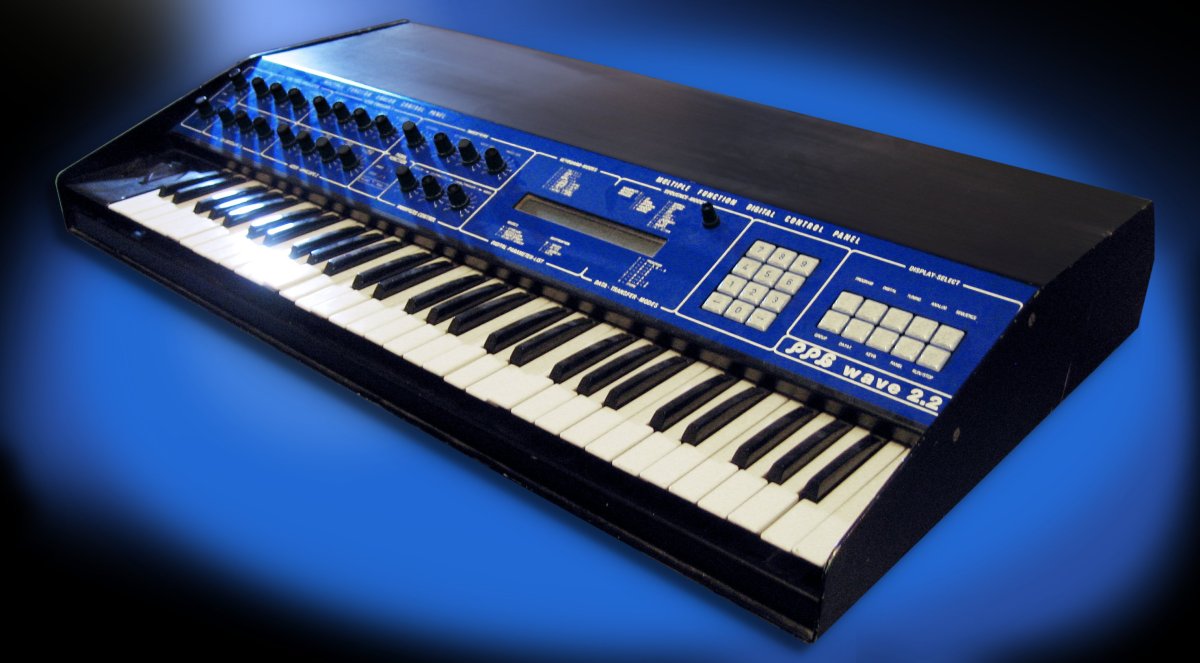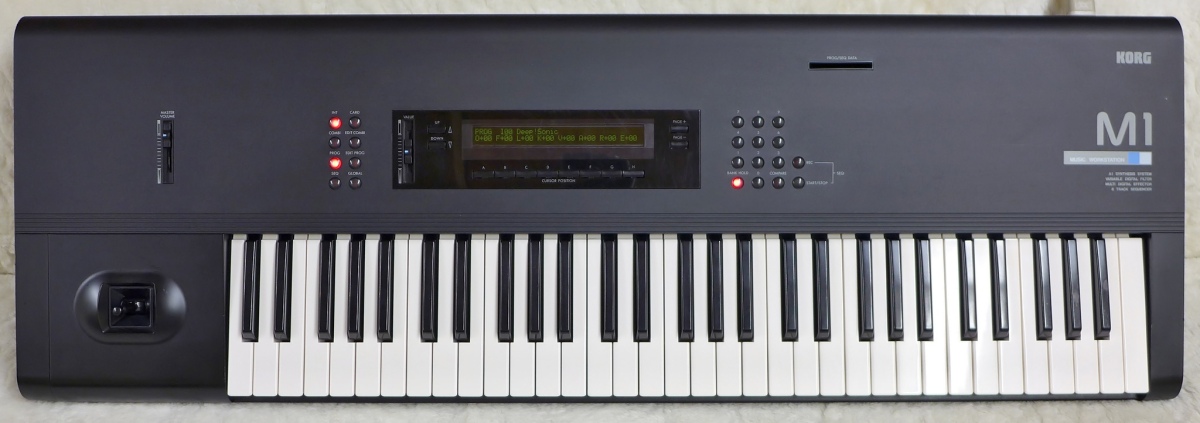The PPG Wave synthesizer, also known as the Wavecomputer, was a digital synthesizer developed by the German company PPG (Palm Products GmbH) in the 1980s. The instrument was distinguished by its distinctive tone, which was produced by combining additive and wavetable synthesis methods.
With the debut of the PPG Wave 2.2 in 1981, the PPG Wave was first made public. This model has a 61-note keyboard and an integrated 8-track sequencer. Many well-known bands, including Tangerine Dream, Pet Shop Boys, and Depeche Mode, utilized the instrument. Musicians in the electronic and experimental music genres soon welcomed it.
The PPG Wave’s wavetable synthesis method, which lets users manipulate many single-cycle waveforms to produce complex and changing sounds, was one of its standout features. The device also has a variety of built-in waveforms, such as sine, square, and sawtooth waves, as well as some more complex waveforms, such as formants and noise.
The PPG Wave’s ability to perform additive synthesis was another noteworthy aspect. This method allows users to combine several sine waves with various frequencies and amplitudes to produce sounds. This made it possible to create sounds that were even more intricate and nuanced than with only wavetable synthesis.
The PPG Wave had a variety of valuable features in addition to its synthesis capabilities, including an arpeggiator, a built-in chorus effect, and numerous modulation possibilities.
Eventually, the PPG Wave was replaced by the PPG Wave 2.3 and PPG Wave 2.3 Turbo, which had better sound and more memory. The PPG Wave was well-liked by electronic and experimental musicians, but as newer and more sophisticated synthesizers became available in the late 1980s, production of the instrument eventually ceased.
Despite this, the PPG Wave is still regarded as a cult favorite among synth lovers, and its features and sounds are still in high demand.
Used by
- Tangerine Dream: The German electronic music band was one of the first and most prominent users of the PPG Wave. The band used the instrument on several of their albums, including “Exit” and “Hyperborea.”
- Pet Shop Boys: The British synthpop duo used the PPG Wave on several of their early albums, including “Please” and “Actually.”
- Depeche Mode: The British electronic band used the PPG Wave on their album “Black Celebration,” which was released in 1986.
- Gary Numan: The British musician and pioneer of electronic music used the PPG Wave on his album “The Fury,” which was released in 1985.
- Jean Michel Jarre: The French electronic musician also used PPG Wave on his album “Zoolook” which was released in 1984.
- Art of Noise: The British band and pioneers of sample-based music used PPG Wave on their album “In Visible Silence” which was released in 1986
- New Order: The British band used PPG Wave on their album “Power, Corruption & Lies” which was released in 1983





